What is a powerful CPU or the latest and greatest graphics card if you can’t power them up? That’s the unglamorous role of the PSU. The new ATX 3.0 technology has garnered some fuss around power supplies and we’ll guide you to the best STX 3.0 PSUs you can get this year.
Power supply units, or PSUs, have a strong case for being the most boring part of a PC build. They are often relegated to that box in the corner of your case that provides power to the much cooler parts. Even though manufacturers add RGB lighting in an attempt to attach some glitz to certain PSU models, it’s hard to compete against the true stars of PC gaming, like CPUs and GPUs, or even keyboards.
Thanks to a new technology that’s gradually taking over the market, power supplies have managed to enter the PC building conversation beyond a brief mention at the end. Though other components will probably always be on gamers’ lips more often, the ATX 3.0 technology is more than enough to remind us all of that neglected box in the corner.
Best ATX 3.0 PSUs (Quick list)
Click Here To View List
Our best ATX 3.0 PSU picks
1) Seasonic Prime TX
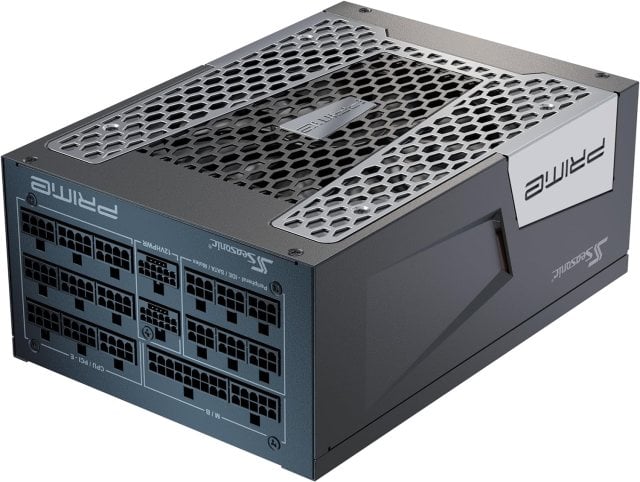
| Key specs | • Power output – 1300W, 1600W • Size – 8.6/6/3.4 inches • Efficiency rating – Titanium • Noise rating – A++ |
| What we like about it | • High-quality design with a heavy feel to it • Can support virtually any consumer level PC • As silent as an ATX 3.0 PSU can get • High efficiency at full and reduced loads |
| What we don’t like about it | • Large unit, would not fit in any case • Overkill for most consumer level PCs • High price |
| Today’s Best Deals | • View at Amazon • View at B&H Photo Video |
Power supplies don’t get more premium, or more expensive, than Seasonic. You know that you’re getting top engineering and you know your wallet will have to suffer for it. The Seasonic Prime TX is designed to be the best ATX 3.0 PSU on the market, which is why it only comes in 1300 and 1600W variants. It is dead silent, super efficient, and mighty powerful. It could withstand a double 4090 setup and barely break a sweat. Simply put, this is the best ATX 3.0 PSU in 2024.
SPECIAL OFFER: Get 6 free months of Amazon Prime with the Prime for Young Adults plan
2) FSP Hydro Ti Pro
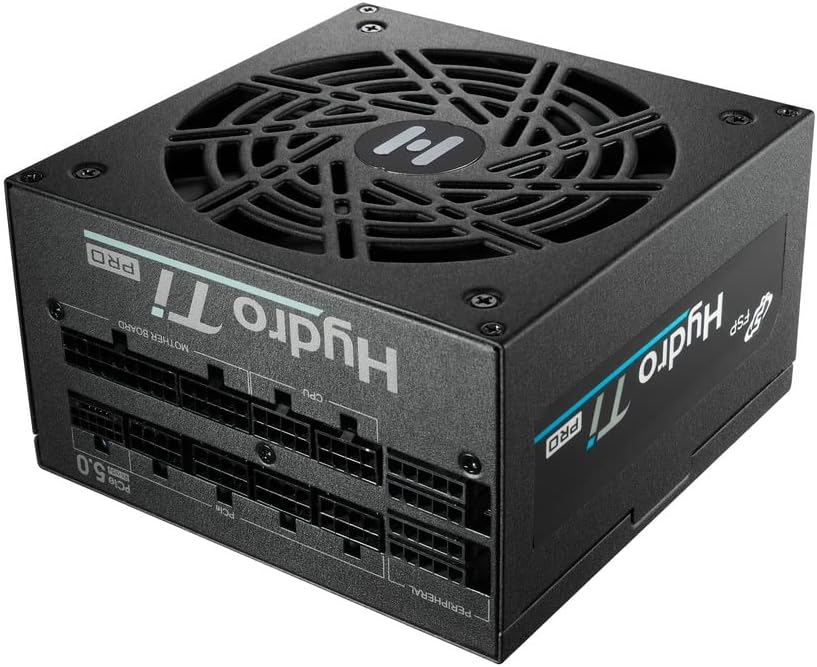
| Key specs | • Power output – 850W, 1000W • Size – 5.9/5.9/3.4 inches • Efficiency rating – Titanium • Noise rating – A++ |
| What we like about it | • Compact size • Comes in the most common 850 and 1000W variants • Can withstand harsh environmental conditions |
| What we don’t like about it | • No variants above 1000W can limit its usage in some high-end PC builds • A sizeable price premium over most competitors |
| Today’s Best Deals | • View at Amazon • View at Walmart |
If you want that premium ATX 3.0 PSU experience but aren’t keen on mortgaging your house, the FSP Hydro Ti Pro is a great compromise. By compromise, we mean it’s still a high-tier, plenty-expensive PSU that just isn’t as expensive as the Prime TX. In addition to being a great performing, silent power supply, the Hydro Ti Pro has an additional surface coating that allows it to keep its efficiency level in unusually humid environments, hence the Hydro in its name. If you want to go even cheaper, there are the Hydro G Pro variants, though the price drop comes with a drop in quality.
3) be quiet! Dark Power 13
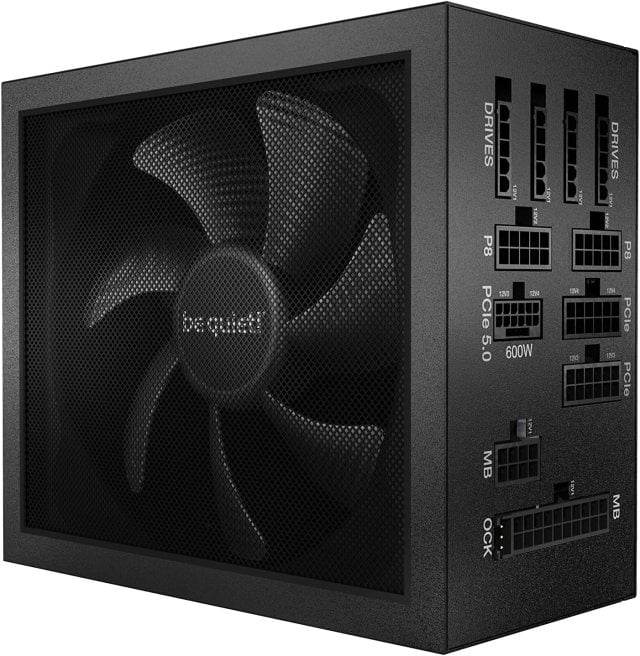
| Key specs | • Power output – 850W, 1000W • Size – 6.9/5.9/3.4 inches • Efficiency rating – Titanium • Noise rating – A++ |
| What we like about it | • Very quiet unit • Comes in the most common 850 and 1000W variants • Most budget-friendly high-tier ATX 3.0 PSU in 2024 |
| What we don’t like about it | • No variants above 1000W can limit its usage in some high-end PC builds |
| Today’s Best Deals | • View at Amazon • View at Walmart |
The Be quiet! Dark Power 13 ATX 3.0 PSU lives up to its name. It is very quiet and, in fact, very powerful. It’s basically the Hydro Ti Pro, minus the extra environmental protection, though this one is also a full inch larger. It is also much cheaper, so if the size difference and the lack of additional coating don’t matter to you, you might as well save up some money and grab the Dark Power 13.
4) ASUS ROG Loki SFX-L
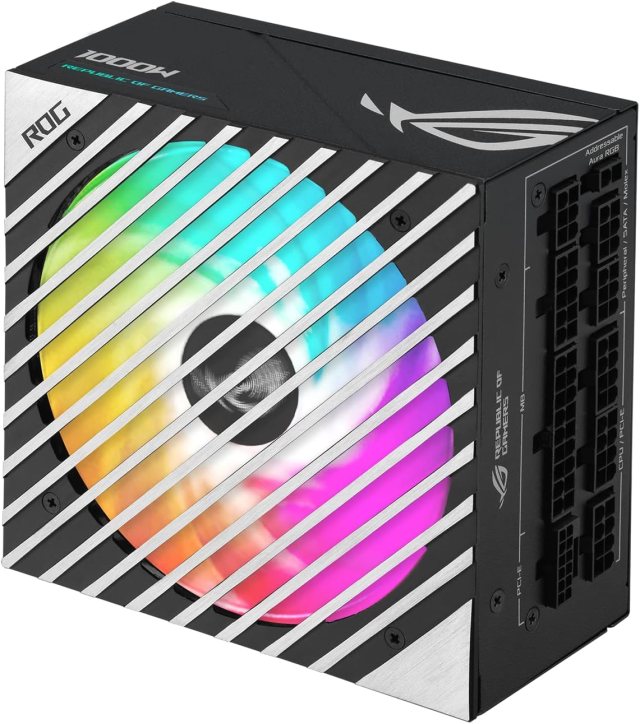
| Key specs | • Power output – 750W, 850W, 1000W • Size – 4.9/4.9/2.5 inches • Efficiency rating – Platinum • Noise rating – Standard++ |
| What we like about it | • Very compact size • Has RGB lighting • 750, 850, and 1000W models offer good purchase flexibility |
| What we don’t like about it | • Can be rather noisy under load |
| Today’s Best Deals | • View at Amazon |
We picked the ASUS ROG Loki SFX-L to be the divide between our top overall recommendations and the more budgetary offerings we have for you. This PSU is ideal for the task because it’s the only RGB model on the list. We couldn’t leave lighting enthusiasts hanging, and this is the best you can get in that regard. The Loki SFX-L models are slightly more expensive than ASUS’ Aura Gaming line of PSUs, but the improved efficiency is worth the extra dollars. The Auras are more silent, however, so you’ll have to decide performance vs. noise yourself.
5) Thermaltake Toughpower GF A3
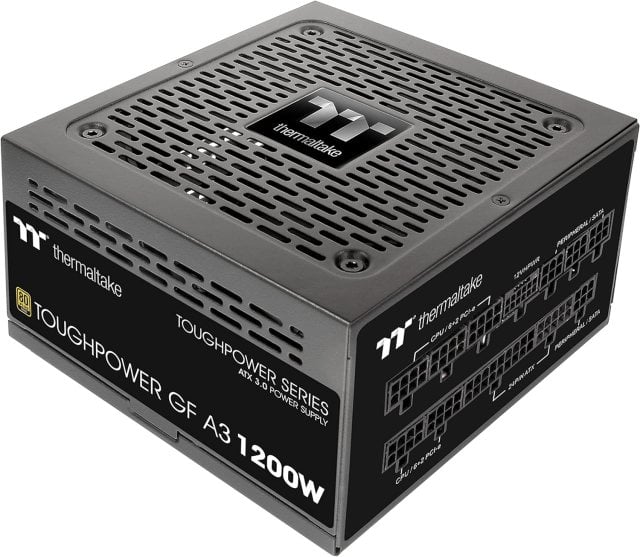
| Key specs | • Power output – 550W, 650W, 750W, 850W, 1050W, 1200W • Size – 5.9/5.5/3.4 inches • Efficiency rating – Gold • Noise rating – A- |
| What we like about it | • Best budget ATX 3.0 PSU in 2024 • Decently quiet • Covers nearly every consumer level PC’s power supply needs |
| What we don’t like about it | • Lacks premium features, though that’s expected at the price • Cable quality could be better |
| Today’s Best Deals | • View at Amazon • View at Walmart |
Thermaltake is the king of the “it does its job” kind of product, and that’s what you’ll get with the Toughpower GF A3 ATX 3.0 PSU. It’s solidly built, it provides the best performance and efficiency you could feasibly expect at the price point, it’s reasonably quiet, and it covers the 550-1200W output range, making it virtually impossible not to find something fitting your needs. Our verdict is that the Thermaltake Toughpower GF A3 is the best budget ATX 3.0 PSU in 2024.
6) Corsair RMe
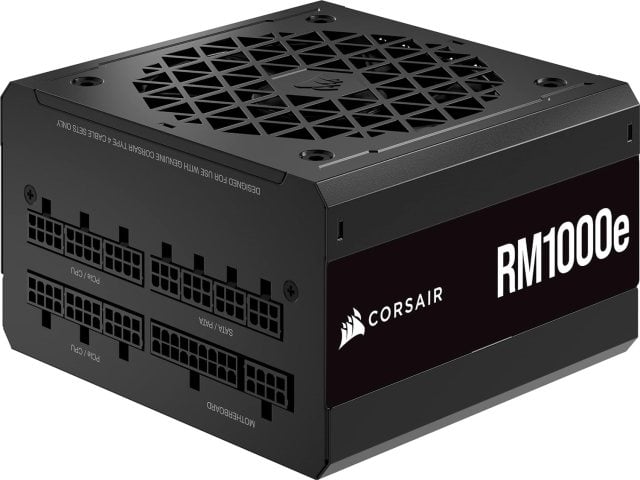
| Key specs | • Power output – 650W, 750W, 850W, 1000W • Size – 5.9/5.5/3.4 inches • Efficiency rating – Gold • Noise rating – A- |
| What we like about it | • Good price to performance • Variants covering 650-1000W allow purchase flexibility |
| What we don’t like about it | • Can get a bit noisy under high loads • Cable quality and quantity can be lacking |
| Today’s Best Deals | • View at Amazon • View at Walmart |
The Corsair RMe PSUs are our runner-up on the budget ATX 3.0 front. It’s the little things that discern these from the Toughpower GF A3s, like the more limited variants and higher noise levels under load. Though we’re talking barely noticeable amounts here, the Corsair PSUs also tend to be slightly more expensive. All these delicate details pushed the RMe units down to second place on the budgetary ladder, but getting one of those is still a good addition to your PC, otherwise it wouldn’t be here.
7) MSI MEG Ai
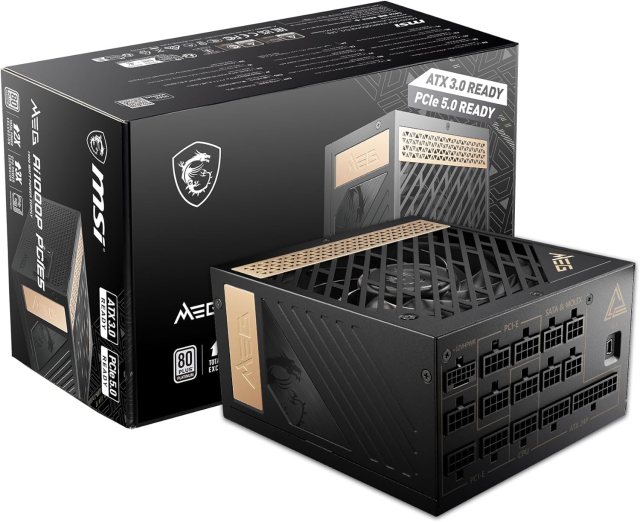
| Key specs | • Power output – 1000W, 1300W • Size – 6.3/5.9/3.4 inches • Efficiency rating – Platinum • Noise rating – Standard++ |
| What we like about it | • Covers a fairly unpopular PSU niche • Compact size |
| What we don’t like about it | • Limited to only two variants—1000 and 1300W • Not exactly noisy, but not the quietest high-end PSU out there |
| Today’s Best Deals | • View at Amazon • View at Walmart |
Since we’ve covered the absolute peak and the budget-friendly valleys of the ATX 3.0 PSU mountain, we’re going with something different for our final recommendation. We present the MSI MEG Ai—the cheapest highly efficient 1300W ATX 3.0 PSU currently on the market. When we say cheapest, keep in mind that this is still twice as expensive as the Thermaltake and Corsair units, but we’re also talking about a different ballpark in terms of performance. There’s a niche for everyone, and if yours is a 1300W PSU that doesn’t cost as much as a mid-range GPU, the MSI MEG Ai is what you’re looking for.
How we created this list of ATX 3.0 PSUs
PSU regulations are much more rigid than most other PC parts, so we used the official efficiency and noise ratings as a starting point, then mixed and matched those with specialists’ product reviews and the user experience shared across the internet. All this resulted in our top picks for ATX 3.0 PSUs.
What is an ATX 3.0 PSU?
ATX 3.0 is a PSU technology designed by Intel whose sole purpose is to make power supplies more powerful and efficient than ever. This new version is a continuation of ATX 2.0, which was first introduced back in 2003. That’s right, the most widely spread PSU technology hadn’t seen any notable updates for two decades. No wonder GPUs get all the glory.
It is precisely because of GPUs, and most specifically their increased power demands, that Intel delivered ATX 3.0 to the world. New PC parts naturally require higher power output to match their superior performance over their predecessors, and no component draws power quite like your GPU. The current generation of NVIDIA 4000 and AMD Radeon 7000 graphics cards were a significant jump from the previous generation in every category—from performance to price, to power draw, and ATX 3.0 PSUs are the perfect remedy for that trend.
There are a myriad of small changes that ATX 3.0 brings to the table, but the most important factors on a consumer level are the new 16-pin GPU connector, which also includes “smart” communication between your CPU and GPU, and the anti-shutdown technology that’s supposed to counter any graphics card power draw spikes.
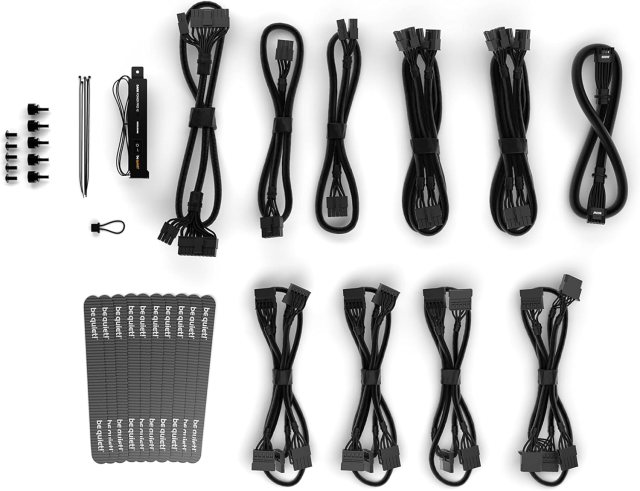
The new connector serves two purposes. First, it will eventually unify all GPU models under the same form factor, making the whole connection process easier. Second, its four smaller pins will, for the very first time, allow for communication between the PSU and GPU. Through this connection, the PSU will let the GPU know exactly how much power it is able to provide, which in turn will lower GPU productivity if necessary instead of potentially shutting your system down altogether. This is just one of ATX 3.0’s attempts to put an end to system shutdown due to insufficient power.
The other outstanding ATX 3.0 PSU feature is a turbo mode of sorts that allows the unit to double its listed wattage output for a brief period of around 10 microseconds. This is aimed to deal with GPU power draw spikes specifically, occasions that usually last for a flash of a second, but are enough to crash your game or app, or shut down your entire system. This feature technically has a limited lifespan of up to 10 percent of an ATX 3.0 PSU’s lifespan, but we wouldn’t worry about that given how most units come with 10-year warranties.
Is it worth getting an ATX 3.0 PSU?
There’s no question that ATX 3.0 PSUs are better than everything that came before them. If you are building a new PC and want the best components for it, you should absolutely aim to get an ATX 3.0 PSU. That being said, there’s no need to upgrade an existing PSU if it fits your PC’s needs. Older units haven’t suddenly turned to absolute trash and you can patiently wait out their life cycle before jumping on the ATX 3.0 train.
Top things to keep in mind before buying an ATX 3.0 PSU
As with any power supply purchase, the most important factor when buying an ATX 3.0 PSU is how much power it can provide. The safest way to determine which PSU works for you is to check the estimated power draw of every other part in your setup, add it all together, and go 100-150W above with your PSU. As an example, if your PC’s total estimated draw is 650W, you should get a PSU that can provide at least 750W, ideally 850W. More than that is overkill, though you could go that route if you upgrade your PC on the regular and don’t want to buy a new PSU each time.
Luckily for every potential buyer, there’s a rating system for power supplies that could give you a general idea of how each product performs. These ratings are divided by performance and noise levels. While a good PSU is more than the sum of its ratings, if you really don’t want to bother, these ratings are sufficient enough to aid your purchasing decision. As an additional note, make sure that the power supply you’re buying matches your region’s voltage regulations. Getting this wrong could lead to huge repercussions once you plug the PSU in. With all that in mind, let’s get to the fun part—our recommendations!
Final thoughts
Power supplies come in different-sized boxes, with variable wattage and even voltage, but at the end of the day, a good PSU powers up your PC in an efficient manner and preferably at a low noise cost. We have the luxury of a unified professional evaluation of those factors, which makes a power supply purchase much safer than most other products. Combine that with a bit of personal research and your PC’s power delivery will be immaculate for a decade to come.


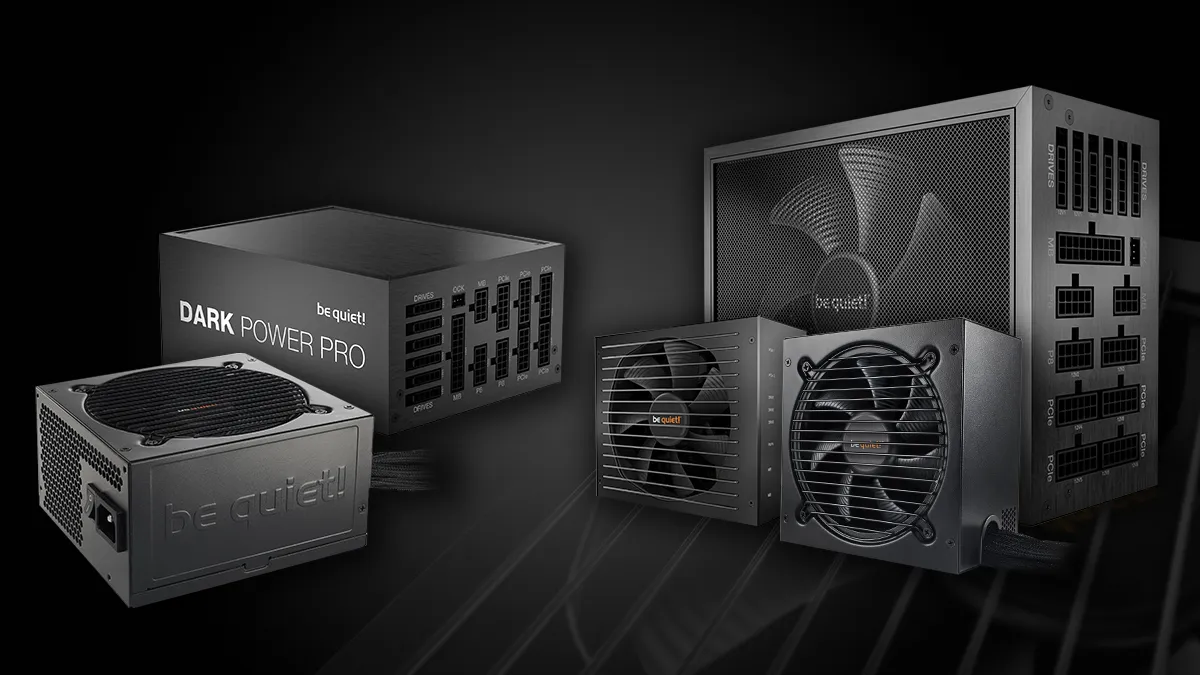









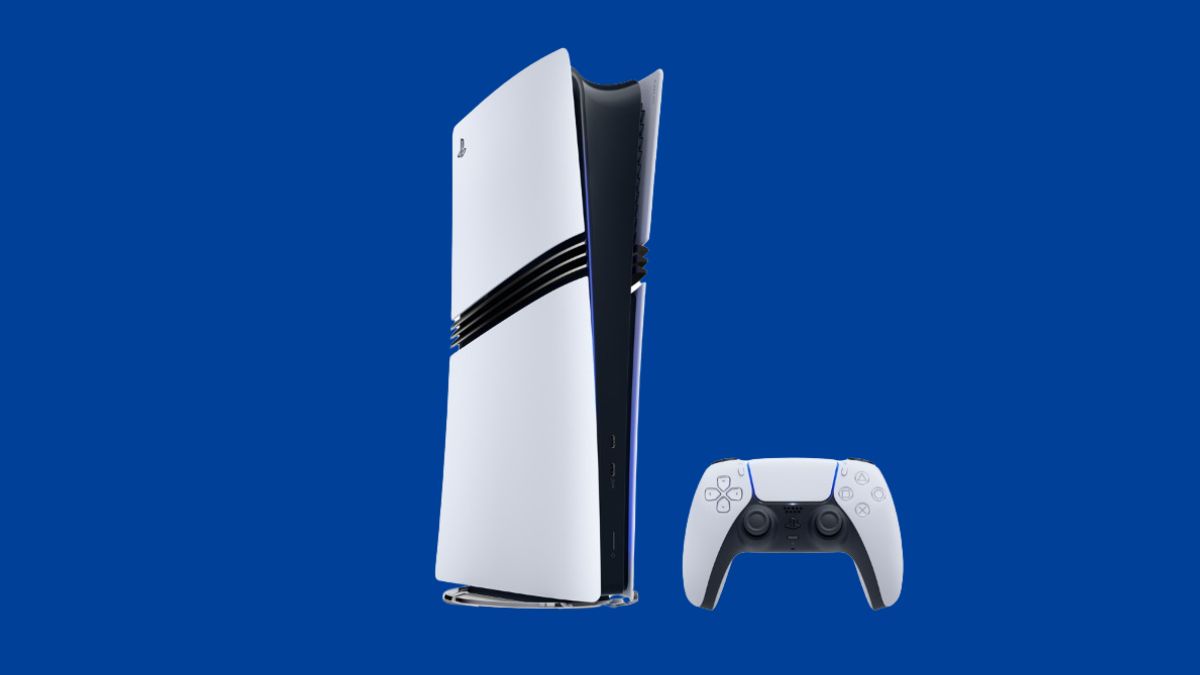

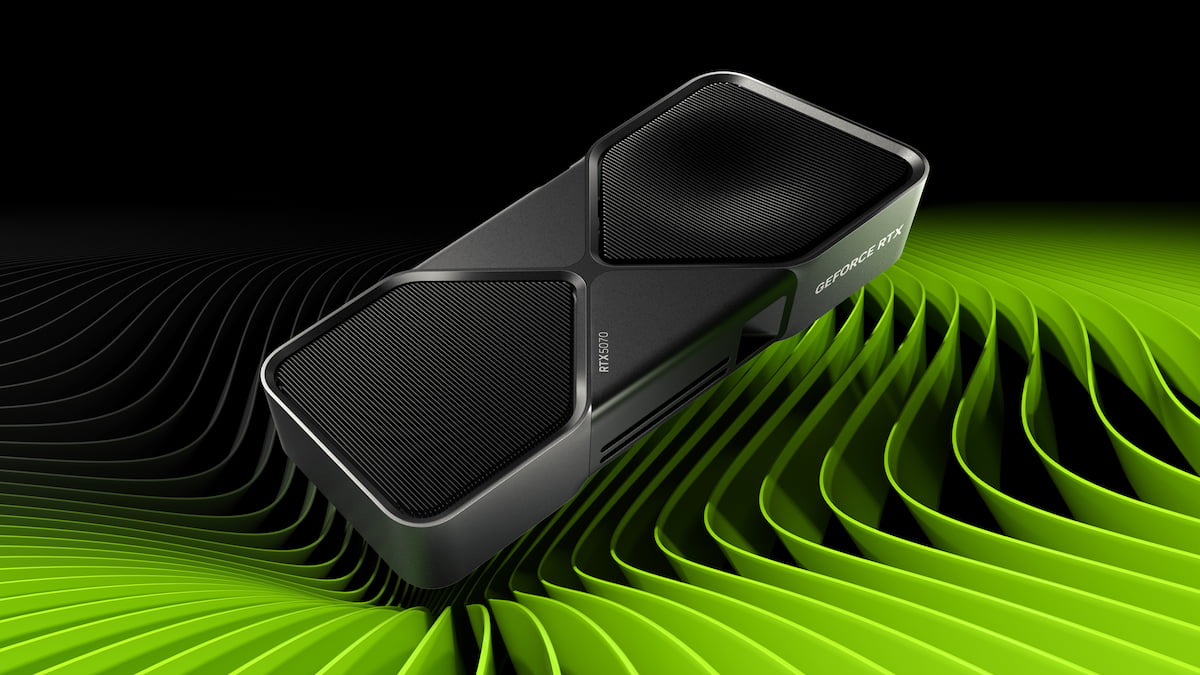
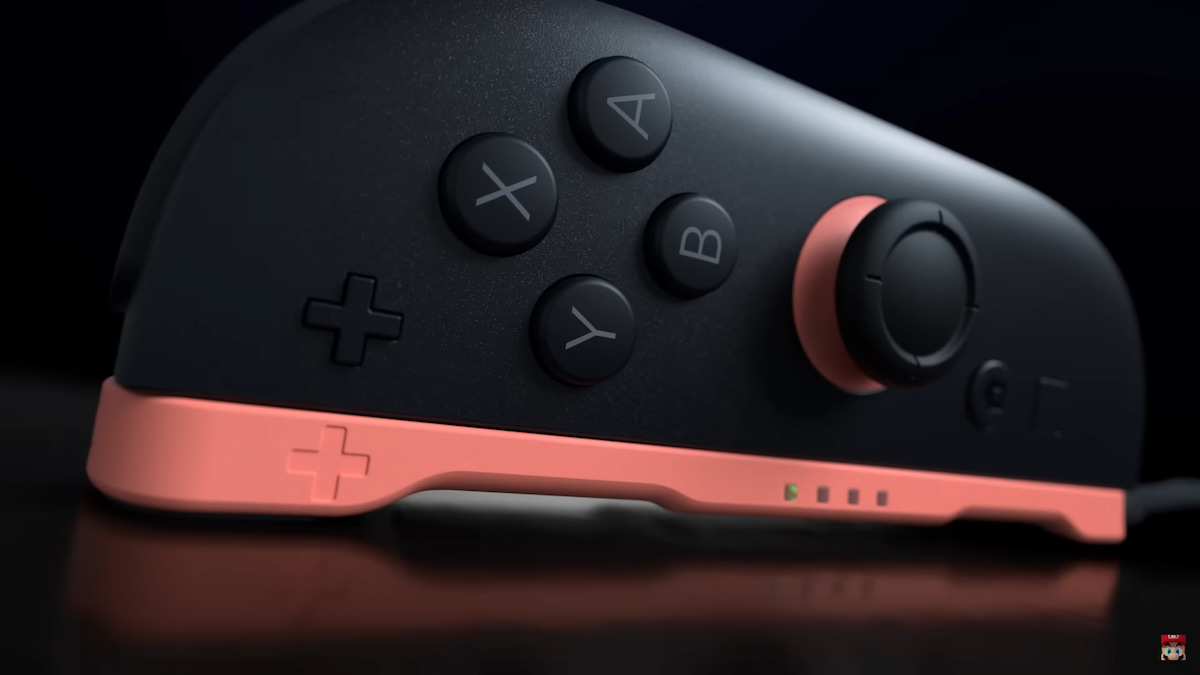
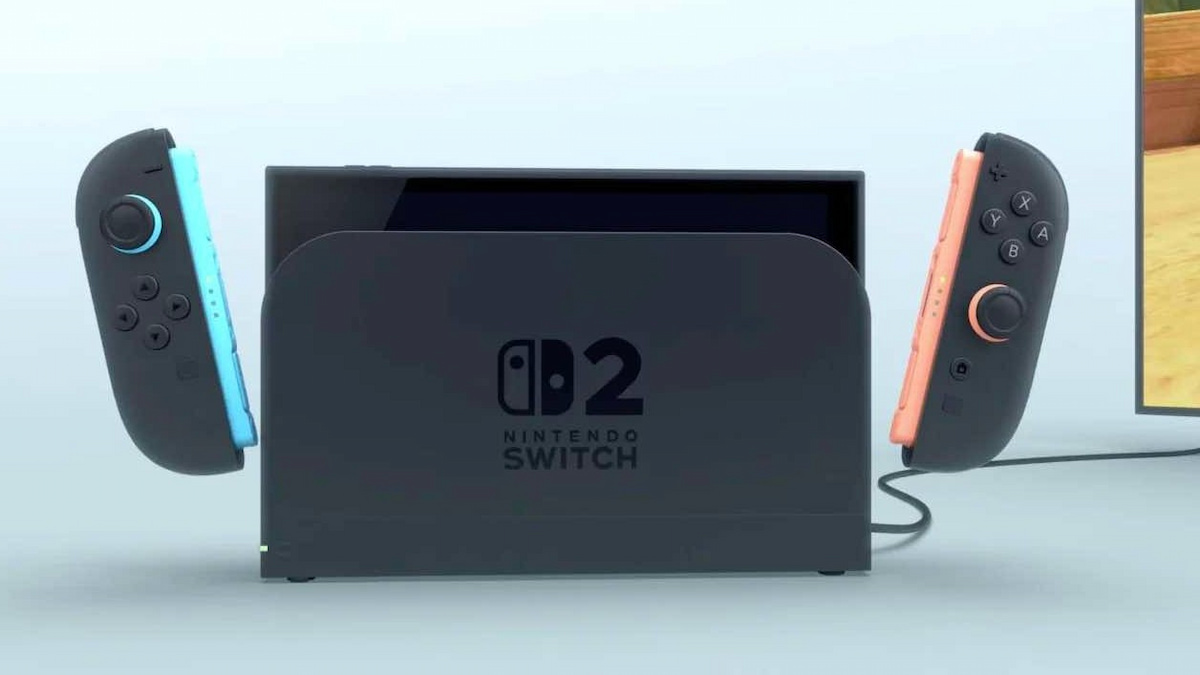

Published: Feb 21, 2024 06:06 pm